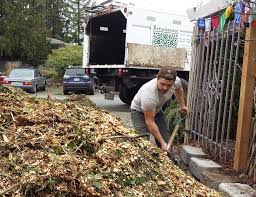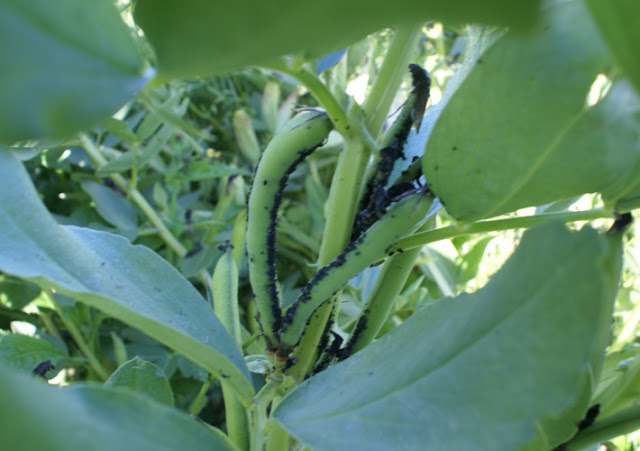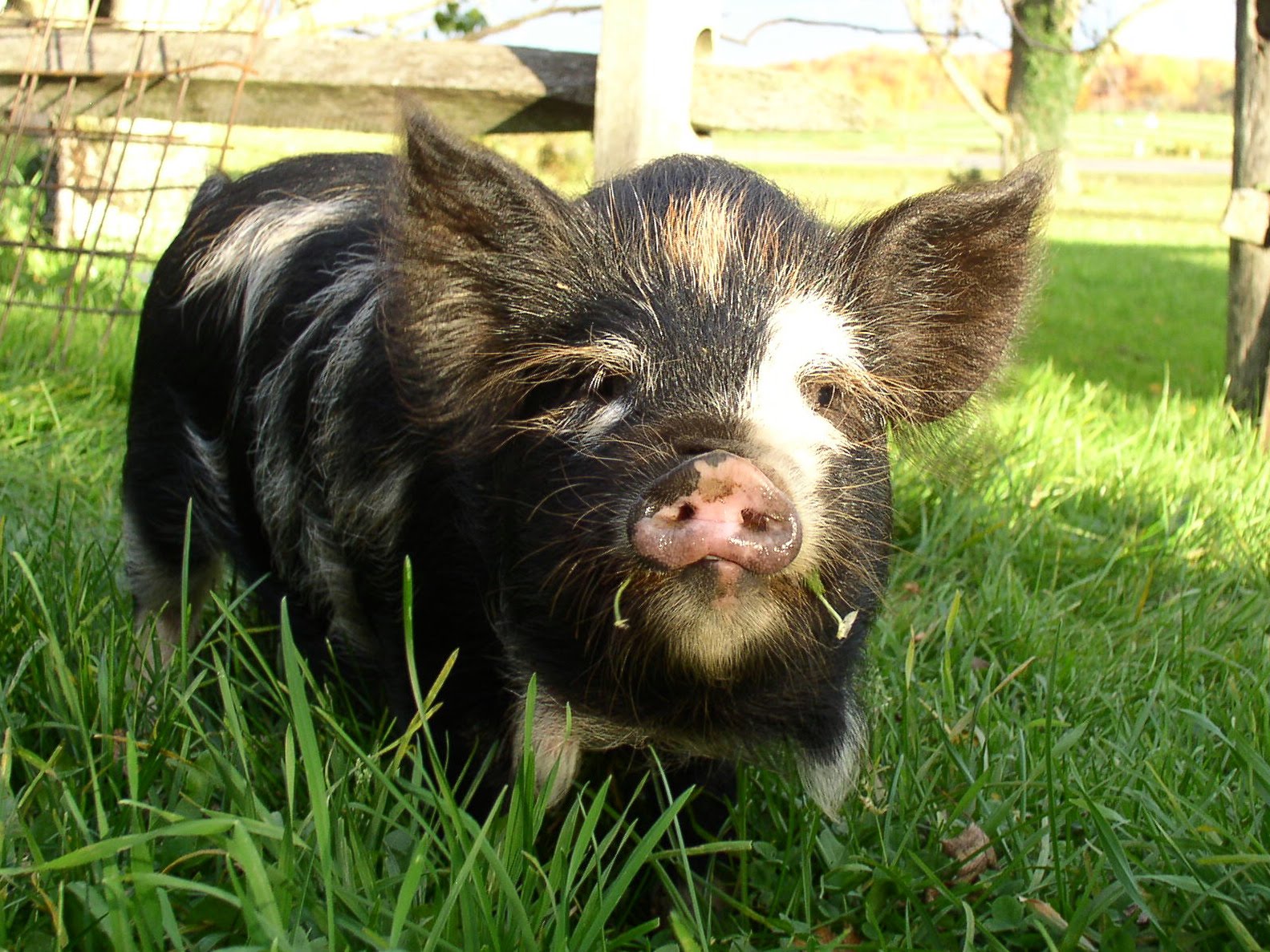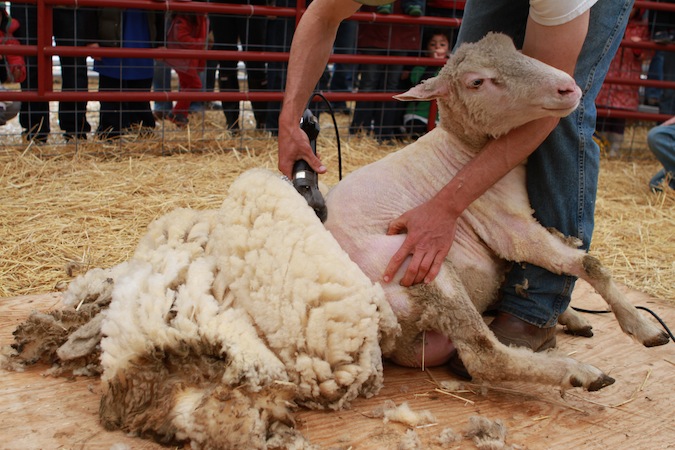Tips to get Free Wood Chips
In case you hadn’t noticed from other articles I love wood chips. I’m not alone on this, gardeners and homesteaders with much more experience that I have swear by the power of wood chips. Whether it’s just for mulch, to add to the compost, for soil transformation, or even to build your own soil from … Read more








